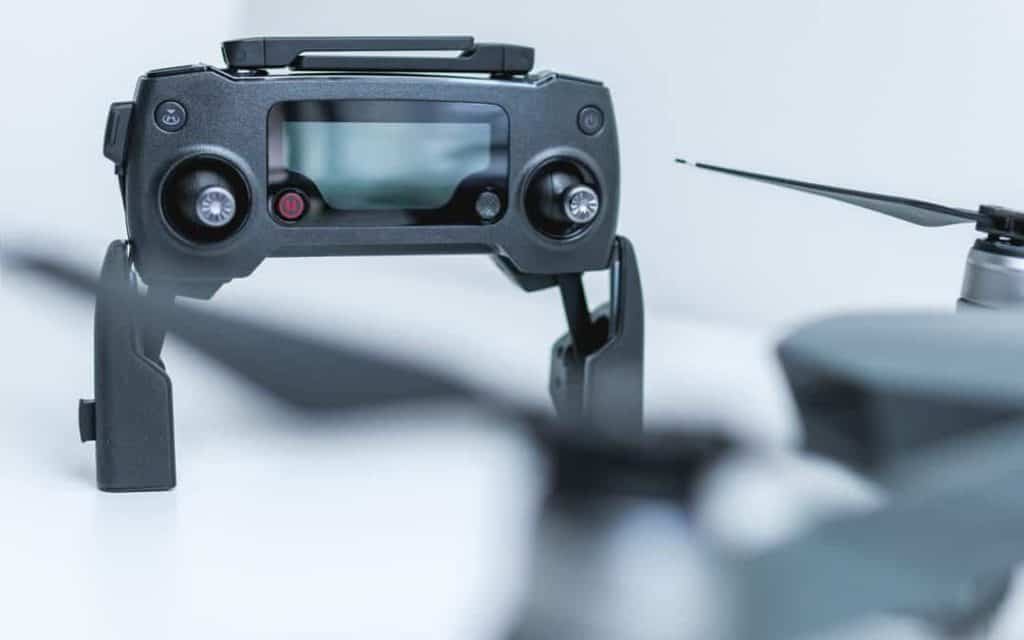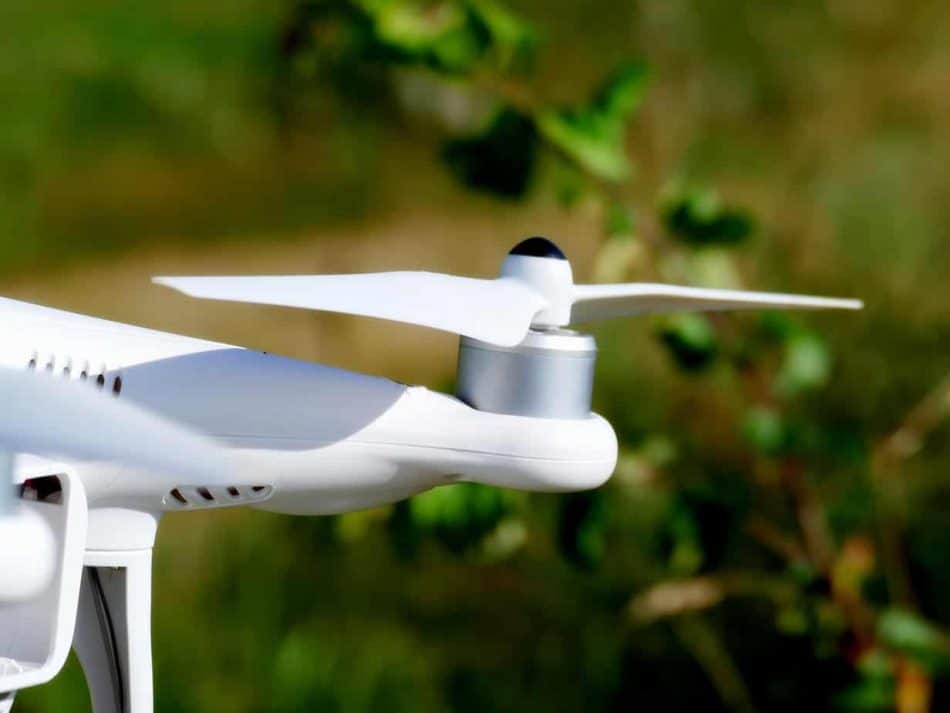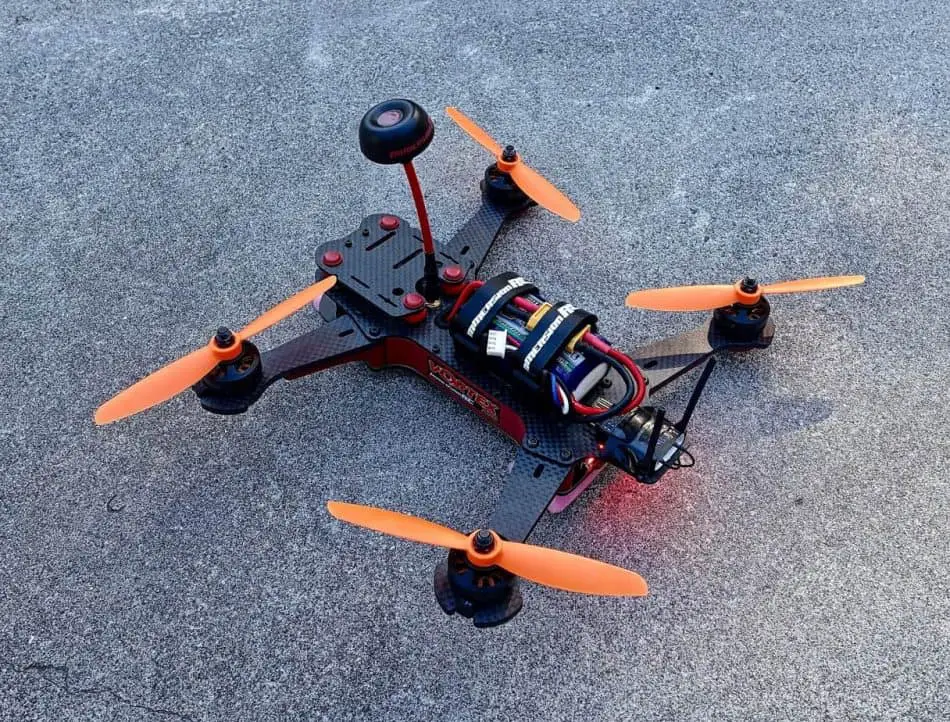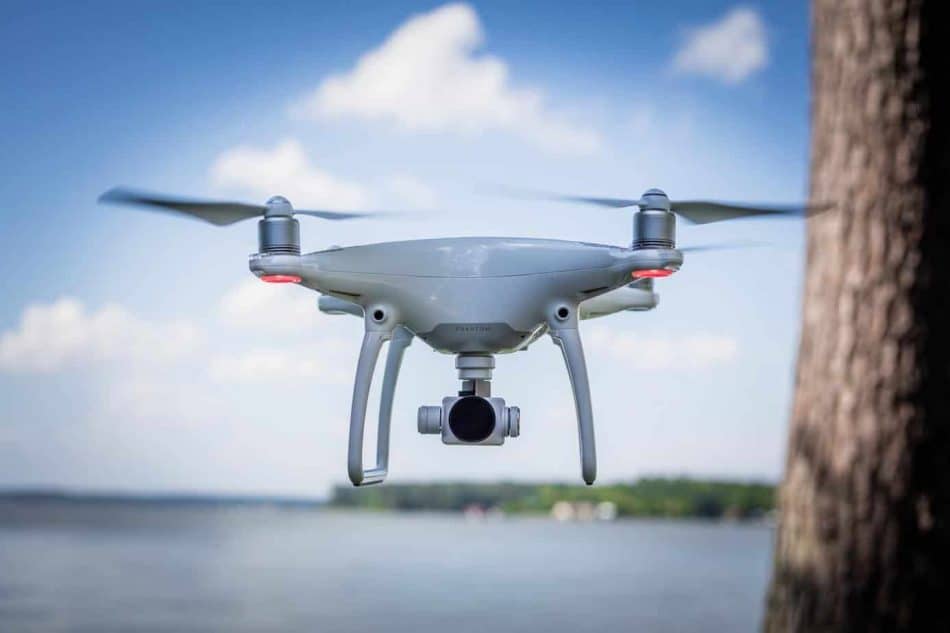
What Are The Flight Modes On My Drone For? A Simple Guide To Get You Started
When you first start out in the Drone Hobby, it can be information overload. Everything from pairing your controller with your Drone, to charging your batteries, can seem daunting to some, at first.
What are the Flight Modes for on My Drone? There are three basic flight modes on most Drones. Typically, they are controlled by the transmitter or flight controller. They are Manual Mode, Stability Mode (Safe Mode), and Agility Mode (Sport Mode). These are generic terms because most manufacturers have their own “Trade” name. Let’s review some of the basics

Are all Drone Flight Modes The Same?
Once you read the owner’s manual and watch a YouTube video or three, you master those basics pretty quickly. Then, when you’re powered up and running, the new adventure may be figuring out all the different flight modes.
I’ll help you sort it out and tell you in non-technical tech talk how they work. It’s not that complicated. A lot of confusion comes from what the manufacturer names the flight mode. Most Drones or Quads have the same basic flight modes.
Manual Mode
In Manual, you have no help from individual instruments or sensors like gyroscopes, altimeters, or a GPS. Manual is where you learn to fly a drone without help, using the skills you learn. In most cases the hard way (Read Crash)
In manual, when you first start up the drone, you’ll most likely need to trim it. This is a process of adjusting a few buttons on the transmitter to level out your drone, so it hovers perfectly in one spot. The owners’ manuals have pictures to help you out.
After you accomplish this, you’re all set to learn to fly. Flying your Drone manually has the biggest payoff down the road when you purchase that really nice $$$ camera Drone. If your flight controller fails or you lose GPS signals, you’ll be confident to fly it home manually.
Stability Mode (Safe Mode) or Beginner Mode (Slower Response Time)
With most of today’s new breed of basic Drones and Quadcopter’s, they have one feature called Altitude Hold. The quad uses a tiny barometric sensor to help it sense small changes in atmospheric pressure, so it remains at the same altitude.
This is an excellent feature for beginner pilots. It makes it safe to learn how to fly. The quad will still drift a bit in windy conditions, but it will maintain the same height.
Agility Mode (Sports Mode) AKA Expert (Acro) Mode.
This is the fun mode for more experienced flyers. If your beginner Quad has the features, you may be able to do flips and acrobatics, all at the touch of a button on the controller.
Basically, Expert mode is for racing, flips and aggressive flight. Like flying in manual mode…on steroids!

Headless Mode (Advanced – Home Lock, Course Lock)
This is kind of a cool mode to have on your beginner Drone. When you lift off and head out into the park, you can quickly lose a sense of the drones’ orientation. You start to wonder, is that the front or the back?
If I move the controller left or right will the drone fly right or left? When you are a new pilot, Drone orientation takes a few flights to get used to.
But…In Headless Mode, regardless of the way your drone if facing, (orientation) when you pull your stick back, your drone will move back towards you. It will also move left or right, the same way you move your sticks. A great way to learn to fly but I wouldn’t get used to it.
FPV
This is not so much a Flight Mode as it is a feature. FPV Mode or First Person View gives you the ability to fly the Drone as if you are sitting in the cockpit. On the more advanced beginner Drone with a Camera, they should come with a phone APP so you can live stream the view from the drone. It is so cool to fly in this Mode.
When I first started learning to fly, one of my first Quads was a Blade Nano QX FPV. (Reviews on Amason). I would fly around our two-story house without leaving the home office. It’s also a great way to become very skilled at flying. I find FPV safer, but others will beg to differ.
Intelligent Flight Modes (More Advanced)
Because I’m familiar with the DJI product line, I will use them as an example for the more advanced Intelligent Flight Modes.
I tend to favour DJI for many reasons. Quality is the number one reason I purchase their products. I don’t like to recommend inferior products.
Having said that, the Essential and Intelligent Flight Modes, as I mentioned earlier, are found on most Drones today. They have a different name, and the number of modes depends on the price. Let’s have a look at a few of the common advanced flight modes found on most name brand Drones
GPS Mode or Loiter Mode
GPS Hold as its called on some Drones, was a favourite of mine when I started to fly the more expensive ones. Basically, it keeps the Drone in the same position. Vertically and Horizontally.
When you’re learning to fly and you get into a situation where you panic, just let go of the flight sticks on the controller. Your Drone will stop and hover in place awaiting further instructions.
It’s impressive to watch a drone hover in place while fighting a 10 -15mph headwinds. GPS mode connects up to our global satellites to keep its position steady
One of my favourite features appearing on the new generation of lower-priced beginner drones is GPS Mode. It helps you feel a bit more confident when you fly. If you lose connection with the Drone, a Feature called Return to Home will use your GPS coordinates from your start position to fly it back to you and safely land.
Caution: FailSafe RTH and Switched RTH features used with GPS Mode.
Just a word of caution. There are a couple of Return to Home features. One is FailSafe. This will return you drone automatically when you lose connection or the Drone will stop and hover.
Switched means you initiate RTH by flicking a switch on the controller. Know which one your Drone is equipped with. Switched is OK but if you lose connection before you “switch” you’re out of luck!

Photograph via Unsplash
It’s Important To Learn How To Fly Safely
Follow me (Active Track (DJI)
These two modes accomplish the same thing. The difference is Follow Me with some Drone models, requires the subject to be holding a controller or GPS device in their pocket.
The more advanced Intelligent Follow Mode Active Track, as DJI calls it, locks on to a subject with its Camera Sensors. It uses the software on your device to keep track of where it’s going.
These are the Modes you would use if you are Snowboarding or Skiing down a mountain and you’d like your Drone to follow and film your decent..
Photo Video Flight Modes
If you are into Aerial Photography and Videography The following Modes can be Fun and Useful, especially on your family vacation!
WayPoints
This Mode is another very cool Flight Mode to have on your Drone. Most of the newer mid-priced Drones have this feature. Basically, you use the APP on your phone that came with the drone.
You select pre-determined points on a map including your start and finish location. You flip a switch or press the GO button on the APP and off the Drone flies on its own. No need to control it. It flies autonomously to each point and back home. If you get nervous, you can flip a switch to cancel it and fly yourself home.
Aerial Videographers and Photographers like this Mode because of its smooth flight characteristics. Farmers also like this mode when they do crop surveillance for any storm or pest damages.
Point of Interest (Orbit Mode)
Another more popular Intelligent Flight Mode on most Drones these days is Point of Interest. This is where your Drone will fly to a pre-determined spot, like a LightHouse, and Orbit the lighthouse one revolution. (Ort More) Then return home. It’s very popular with photographers and videographers alike. I’m sure you’ve seen videos of this somewhere.
Final Comments
Well, there is your basic list, by no means complete, of the different Flight Modes on most of today’s popular Drone. As you can imagine there are MORE sophisticated Modes and Features on more expensive semi-pro (Prosumer) Drones.
My goal here was a basic list you can quickly review. I hope it makes it easier to understand the functions of your new Drone so you can get out there and fly it. That’s what it all about
I wish you much success.
Stay out of the Trees
